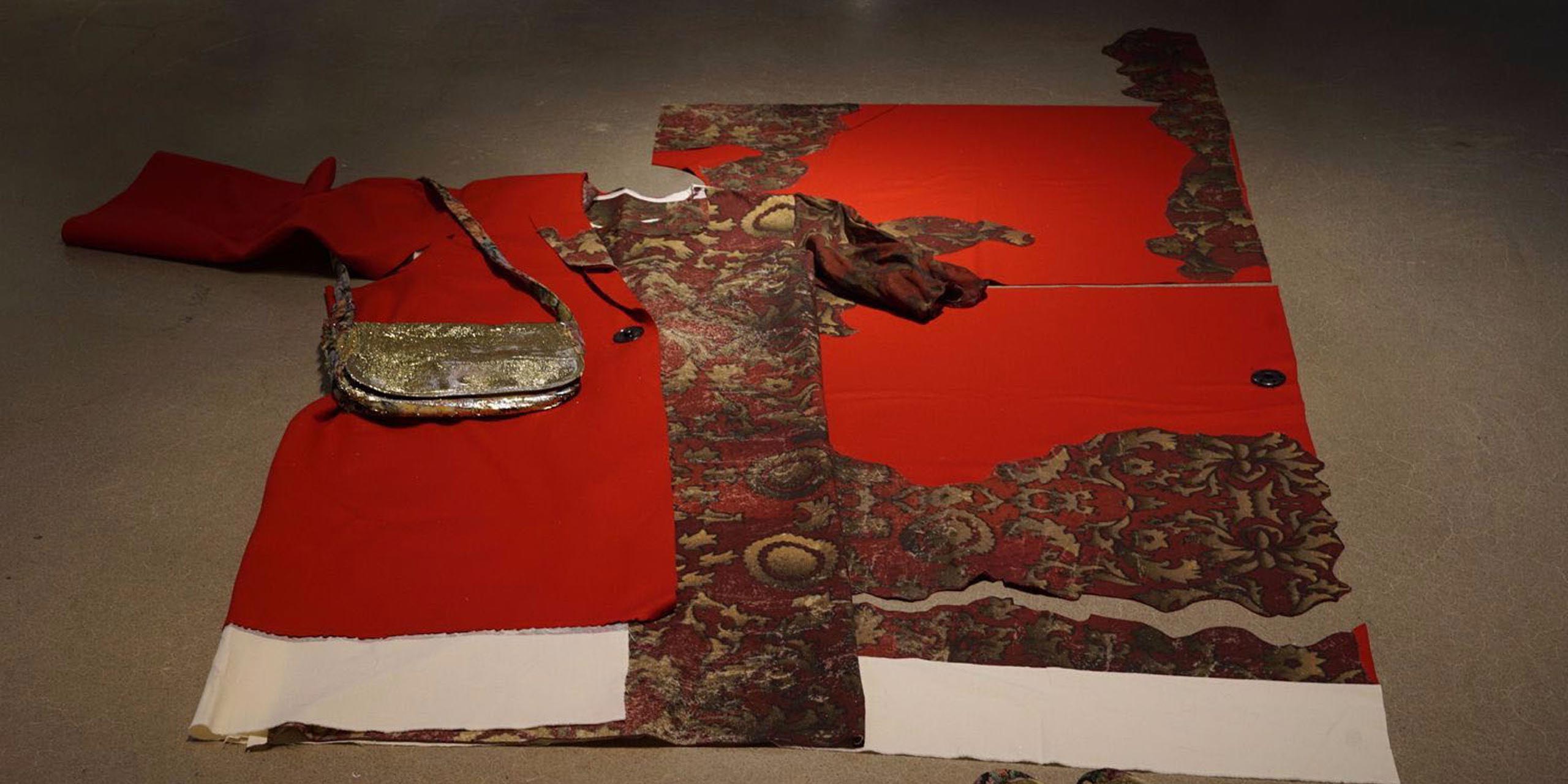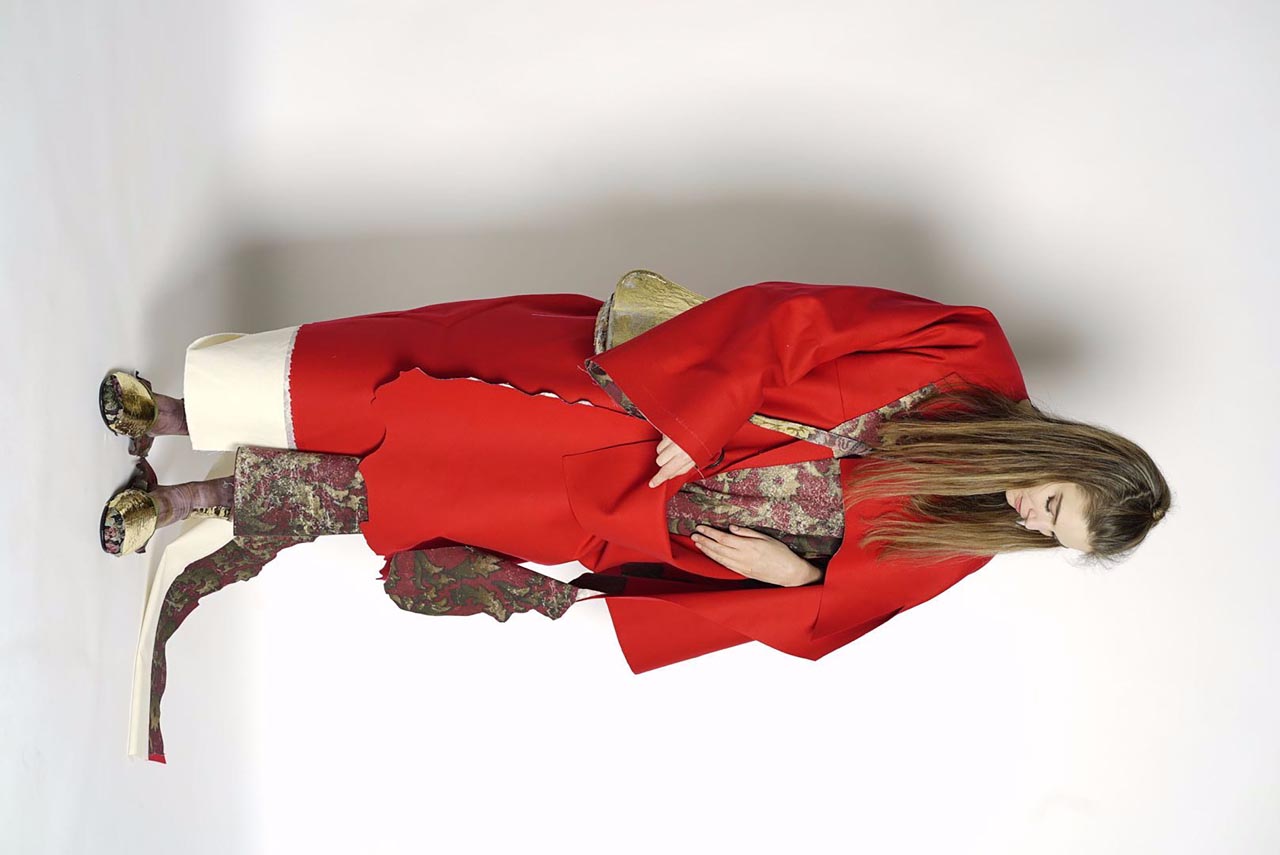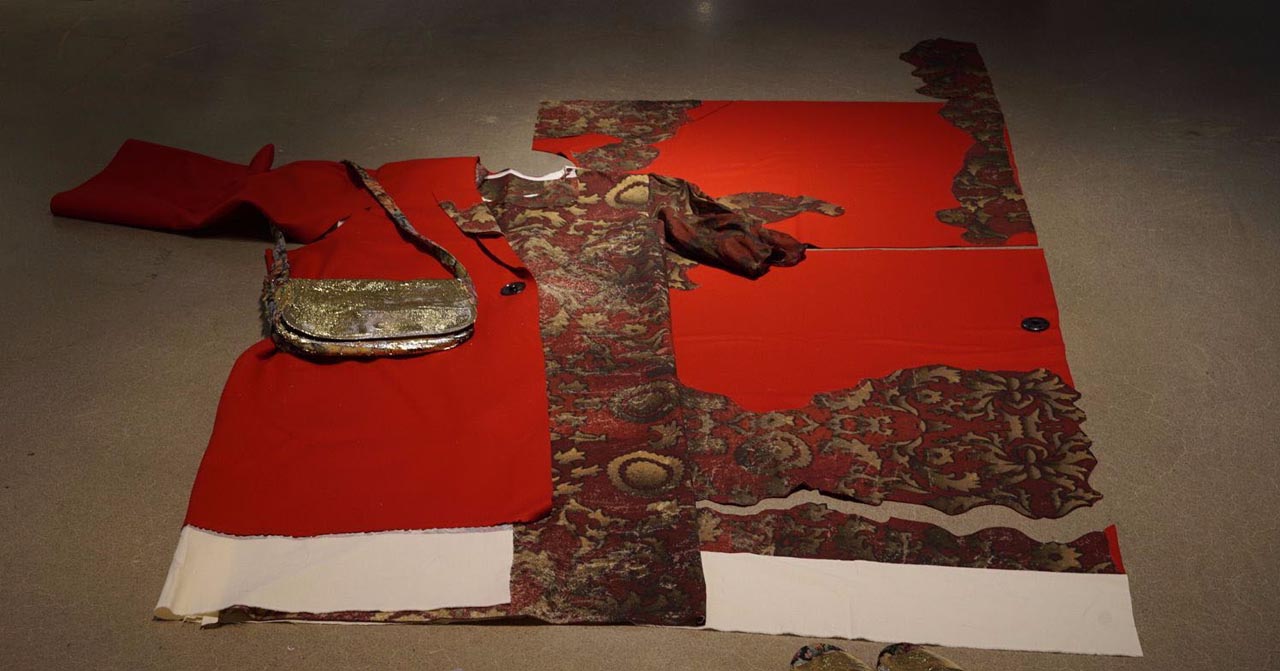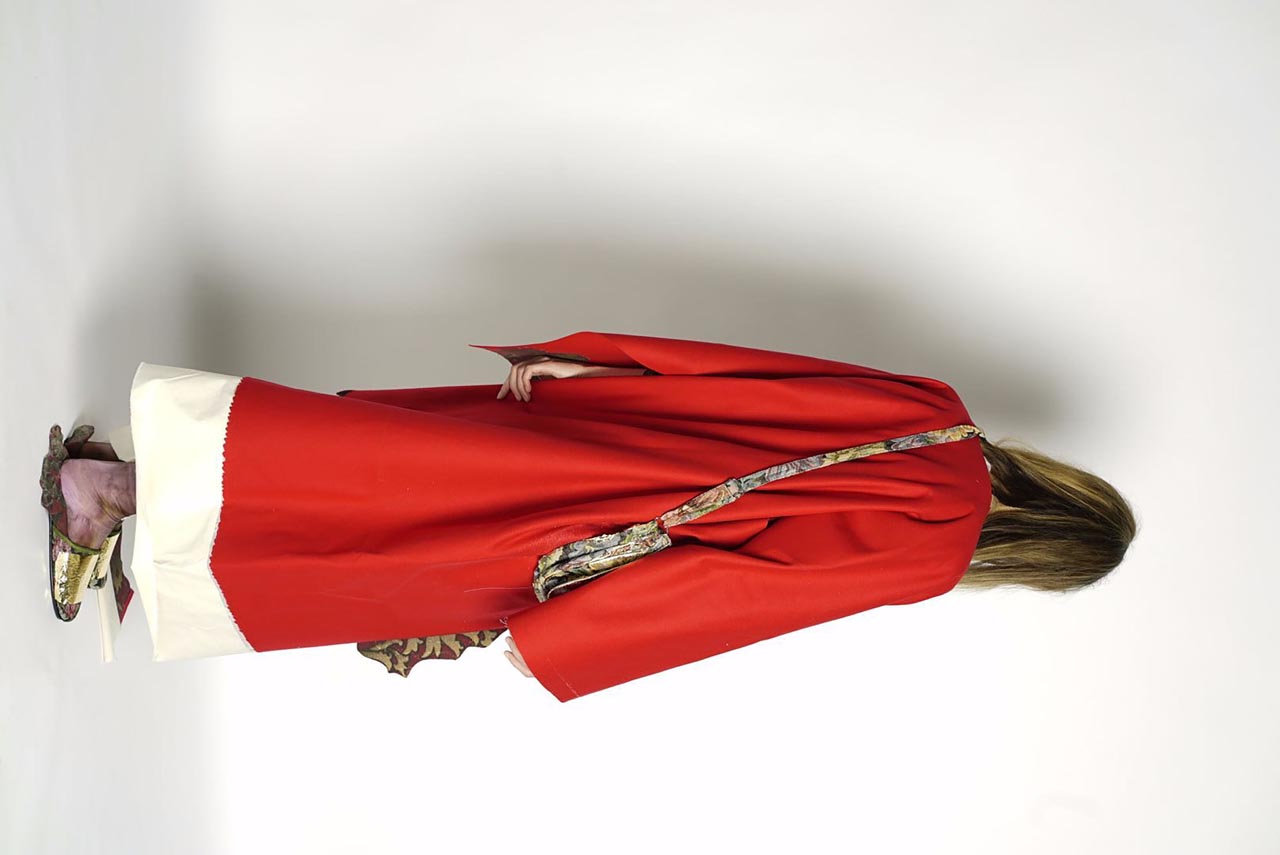Each garment begins with a quadrant of cloth that can be draped, tucked and tacked using simple joining methods.
The client may return the garment for disassembling and recutting or choose to carry out the renovation by themselves with instructions from S!X.
The current design/ retail climate, confronted with a global pandemic, has changed how we consume fashion , forcing the wearer to be more resourceful and creative in their approach to clothing, with perhaps minimal skills and experience in design and construction.
This design approach is a response to this problem.






